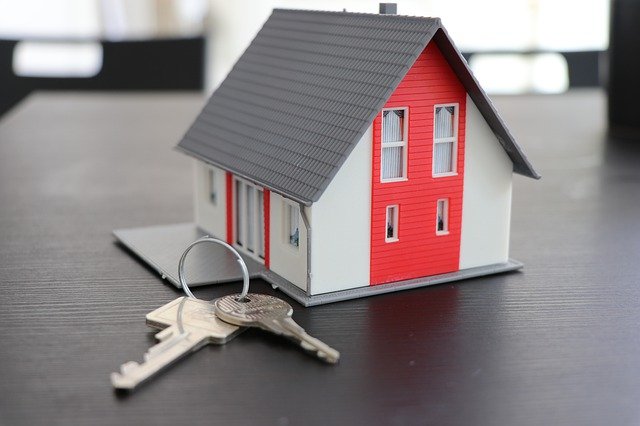If you want to use a surveillance system to defend your home, you should first learn about the basics of the technology. There are a variety of home surveillance systems to select from, so learning everything you can is to your best advantage. Most aren’t difficult to set up or monitor if you have the correct information.
It’s practically impossible to ask the correct questions or achieve your objectives without first becoming overwhelmed by possibilities, no matter how hard you try. Any home surveillance system has a plethora of choices and “what ifs.” Knowing what they offer and which one would work best for you can make deciding which type is ideal for you a little easier.
Closed-circuit television and a variety of other technological equipment are far more prevalent and easier to use these days than they have ever been. They’re also more inexpensive, and they’re growing in popularity among homeowners all around the world. The fundamentals of closed-circuit systems state that the signals picked up by the camera are not broadcast over the air, but rather are transferred directly to the monitor, which may be viewed from nearly anywhere – at any time.
You can make greater sense of the jargon used by salespeople and others in the industry if you understand the basic concepts associated with home surveillance systems. If you are unfamiliar with any of the technology or systems available, you will have no idea what the salesman or others in the trade are talking about when they discuss your home surveillance system.
As a result, you should always try to understand as much as possible about home surveillance phrases and topics. It’s actually a lot easier than you might imagine if you keep it basic. You’ll find it easy to study more once you’ve laid the groundwork.
The first thing to remember is that the camera is in charge of all images that are displayed or taken on the monitor. The camera’s performance depends on the amount of reflected light available in the area you’re surveying, the quality of the components you’re using, and the camera’s overall performance. Some cameras are of excellent quality, while others are of poor quality and lack direction.
The overall quality of a home surveillance system, on the other hand, is highly dependent on the weakest link in the chain. To get the most out of your system, be sure that all of the components are of the same high quality. You may get fantastic display photos without worrying about the bad quality this way. You may even find high quality at very low prices if you do your research and compare.
When it comes to choosing a home surveillance system, you should always do your homework and evaluate options. You’ll have a much easier time choosing your equipment and components if you understand the fundamental fundamentals of home surveillance.
You’ll need to consider some aspects of home surveillance systems, such as illumination, lighting, resolution, sensitivity, and the video signal relayed to the monitor, in order to make the best option possible. The quality of the many solutions offered will vary, which is why you should always hunt for the greatest system you can afford. This manner, you can get the surveillance protection you need for your house at a reasonable price.



